1968 Dodge Super Bee 48,244 Miles Black 2 door hard top 426 Hemi Automatic
1968 Dodge Other for sale in Los Angeles, California, United States
| Condition: |
Used |
| Item location: |
Los Angeles, California, United States |
| Make: |
Dodge |
| Model: |
Other |
| Year: |
1968 |
| Mileage: |
48,244 |
| VIN: |
WM21J8A240202 |
| Color: |
Black |
| Engine size: |
426 Hemi |
| Fuel: |
Gasoline |
| Transmission: |
Automatic |
| Interior color: |
Black |
| Vehicle Title: |
Clear |
| Want to buy? |
Contact seller!
|
Description for Dodge Other 1968
All original Dodge Super Bee Hemi, 1 of only 94 built with the 426 Hemi in automatic, delivered to US Dealers. We believe there are only 6 Hemi's of this type in Black. Car runs exceptionally well, and is all original, with the exception of the "Super Bee" sticker on the back of the car that was replaced last month. Please ask any questions or submit an offer. The original Dodge Super Bee was based on the Dodge Coronet two-door coupe, and was produced from 1968 until 1970.[5] It was Dodge's low-priced powerful muscle car and a rebadged version of the Plymouth Road Runner. The origin of the name, "Super Bee", has its basis in the "B" Body designation pertinent to Chrysler's mid-sized cars, including the Road Runner and Charger.[6] Plymouth's Road Runner sales were enough to have Dodge Division General Manager, Robert McCurry, request a similar model from the Dodge Styling office. Senior designer, Harvey J. Winn, won a "contest" with the name "Super Bee" and a new logo design based on the Dodge "Scat Pack" Bee medallion.[7] The design of the first Super Bee was influenced by the 1968 Coronet convertible and the show car's interior was built by the Alexander Brothers. The show car was introduced at the 1968 Detroit Auto Show.[8] Although the two cars are similar in external appearance, the Super Bee was slightly heavier (approx. 65 lb (29 kg)) and rode on a 117-inch (3,000 mm) wheelbase compared to the Road Runner's 116 in (290 cm) wheelbase.[9][10] In addition to minor external differences, such as larger rear wheel openings, the bumblebee tailstripe and fancier grille, and the taillight ornamentation, the Super Bee also used actual diecast chrome-plated "Bee" medallions. These three-dimensional medallions were prominently mounted in a raised position in the grille/hood area and the trunklid/taillight area of the car throughout the first three years of production.[11] The Super Bee used dash cluster from the Dodge Charger, while the four-speed manual cars received a Hurst Competition-Plus shifter with Hurst linkage;[6] this shifter compared to the Road Runner's less expensive Inland shifter and linkage.[12] Due to the higher-quality accessories attached to the Super Bee, the car was sold at a higher price in comparison to the Plymouth version and this had a negative effect on sales.[6] The Super Bee was available with the Hemi engine.[13] This option raised the price by 33%, and only 125 were sold. The 1968 model was only sold as a two-door coupe, with two engine options, the base 335 hp (250 kW) 383 Magnum, and the 426 Hemi, rated at 425 hp (317 kW).[6] The Super Bee included a heavy-duty suspension, an optional Mopar A-833 four-speed manual transmission, and high-performance tires.[14] Outside, a stripe (with the bee logo) was wrapped around the tail.[15]
Other classic cars for sale
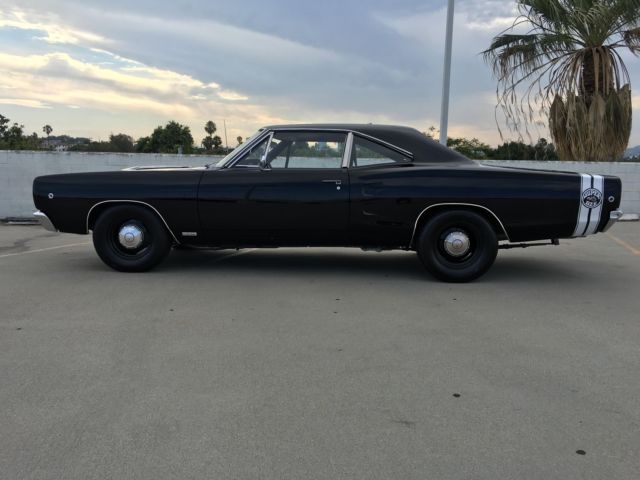


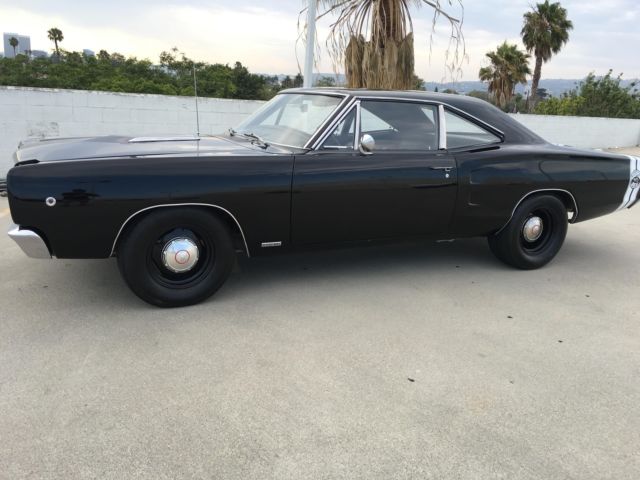



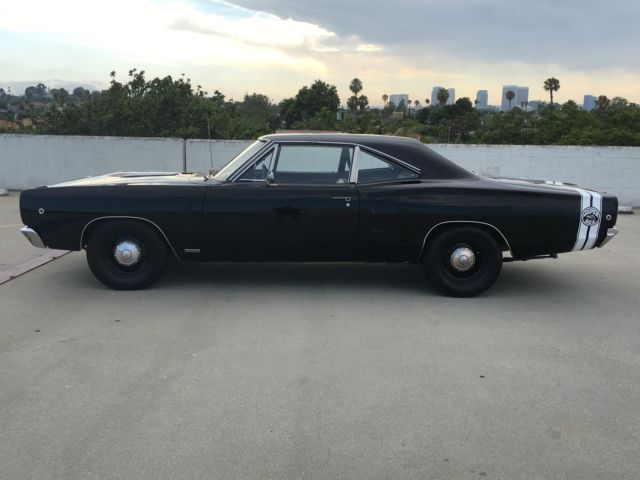
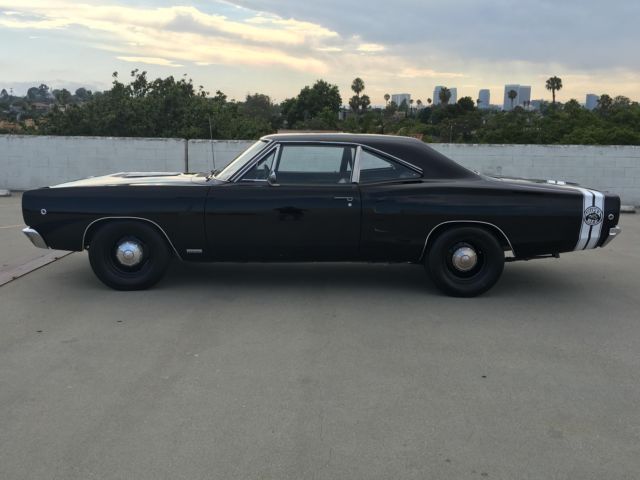

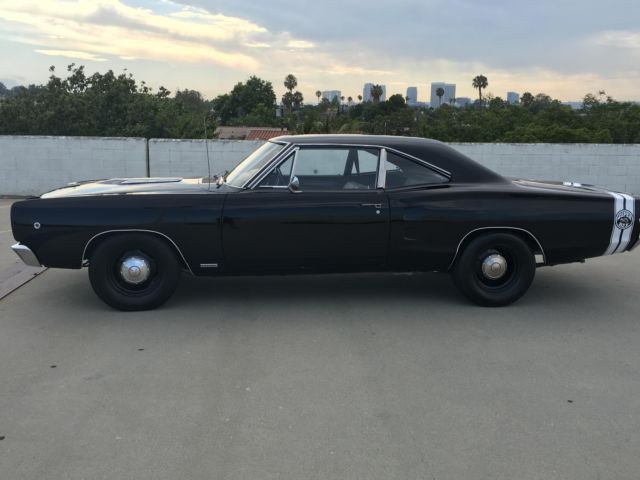
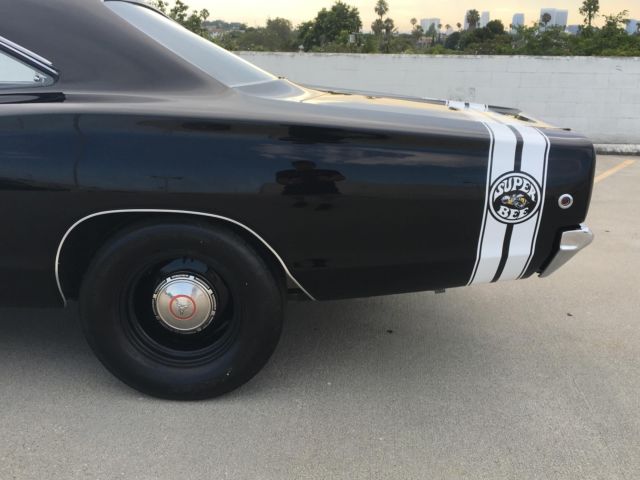
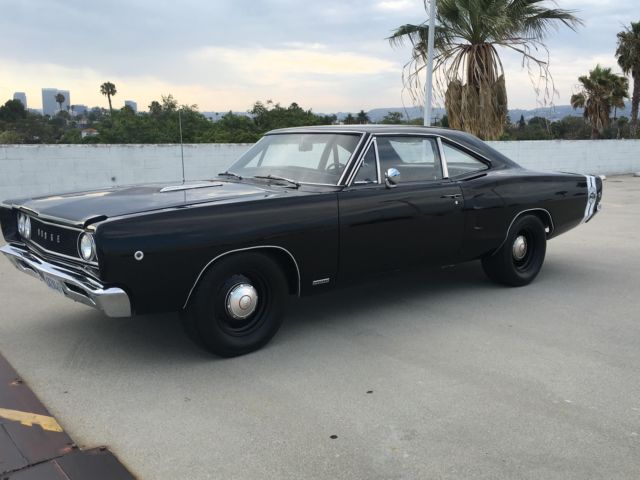
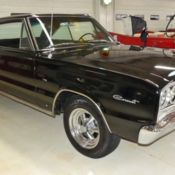 1966 Dodge Coronet 500 70204 Miles Black 2 Door Hard Top 318 Automatic
1966 Dodge Coronet 500 70204 Miles Black 2 Door Hard Top 318 Automatic
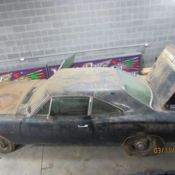 1968 dodge super bee 426 hemi j code 4 speed barn find Hemi Mopar muscle car
1968 dodge super bee 426 hemi j code 4 speed barn find Hemi Mopar muscle car
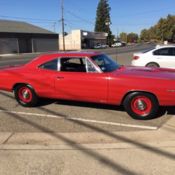 1968 Dodge Super Bee HEMI real deal J-code 11k miles restored, 1 of 126 produced
1968 Dodge Super Bee HEMI real deal J-code 11k miles restored, 1 of 126 produced
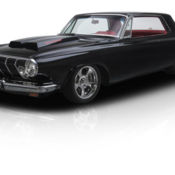 1963 Dodge Polara 48 Miles Black Hardtop 472 HEMI V8 3 Speed Automatic
1963 Dodge Polara 48 Miles Black Hardtop 472 HEMI V8 3 Speed Automatic
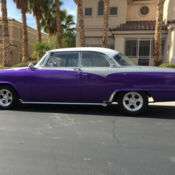 1955 Dodge Royal 270 Hemi 2-Door Hard Top
1955 Dodge Royal 270 Hemi 2-Door Hard Top
 1968 Dodge Charger Hemi Engine black on black
1968 Dodge Charger Hemi Engine black on black
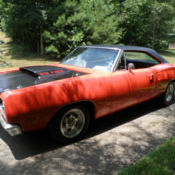 1969 Dodge Super Bee - Hemi Red - black interior
1969 Dodge Super Bee - Hemi Red - black interior
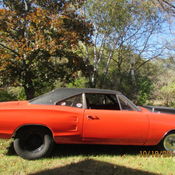 1968 Dodge Hemi Super Bee with many extra parts
1968 Dodge Hemi Super Bee with many extra parts
 1968 Dodge HEMI Dart Super Stock NOS MOPAR
1968 Dodge HEMI Dart Super Stock NOS MOPAR